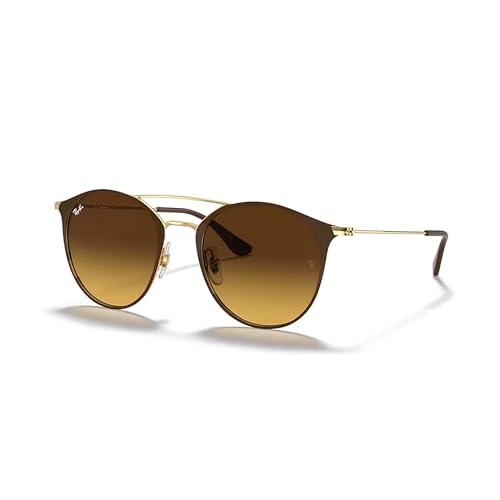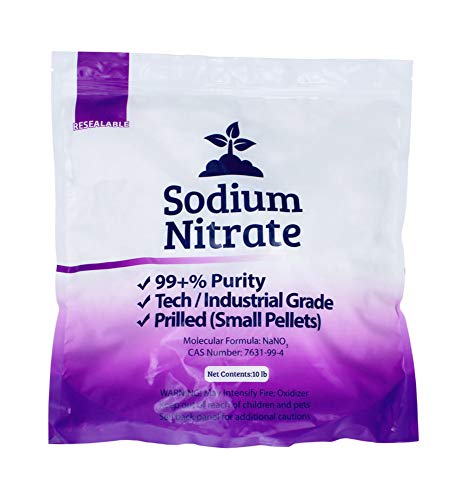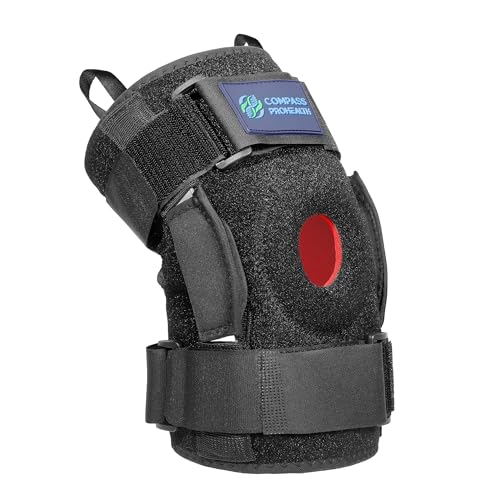bhilton
Well-known member
Hi All,
I am not in a hurry and I was wondering what pros/cons there might be for recovering gold from gold-filled with CuCl2.
I am thinking I could snip a bunch of gold-filled jewelry into smaller pieces and let it bubble in some CuCl2 for a week or more?
I'll check it daily and if notice some salts forming on the bottom, the HCL is likely saturated, so I will let it settle, decant 3/4 of the solution and top it up with fresh HCL (and repeat as much as I need to).
Would there be any downfalls to this solution, comparing it to the common method of using Nitric acid boils?
Any pitfalls I could run into?
I have 223 grams of gold filled from a jeweler to practice with right now. He has another 3 kg of material that I can process later, but I want to see how I am able to handle this first batch of 223g.
Thanks,
Bill
I am not in a hurry and I was wondering what pros/cons there might be for recovering gold from gold-filled with CuCl2.
I am thinking I could snip a bunch of gold-filled jewelry into smaller pieces and let it bubble in some CuCl2 for a week or more?
I'll check it daily and if notice some salts forming on the bottom, the HCL is likely saturated, so I will let it settle, decant 3/4 of the solution and top it up with fresh HCL (and repeat as much as I need to).
Would there be any downfalls to this solution, comparing it to the common method of using Nitric acid boils?
Any pitfalls I could run into?
I have 223 grams of gold filled from a jeweler to practice with right now. He has another 3 kg of material that I can process later, but I want to see how I am able to handle this first batch of 223g.
Thanks,
Bill









































































